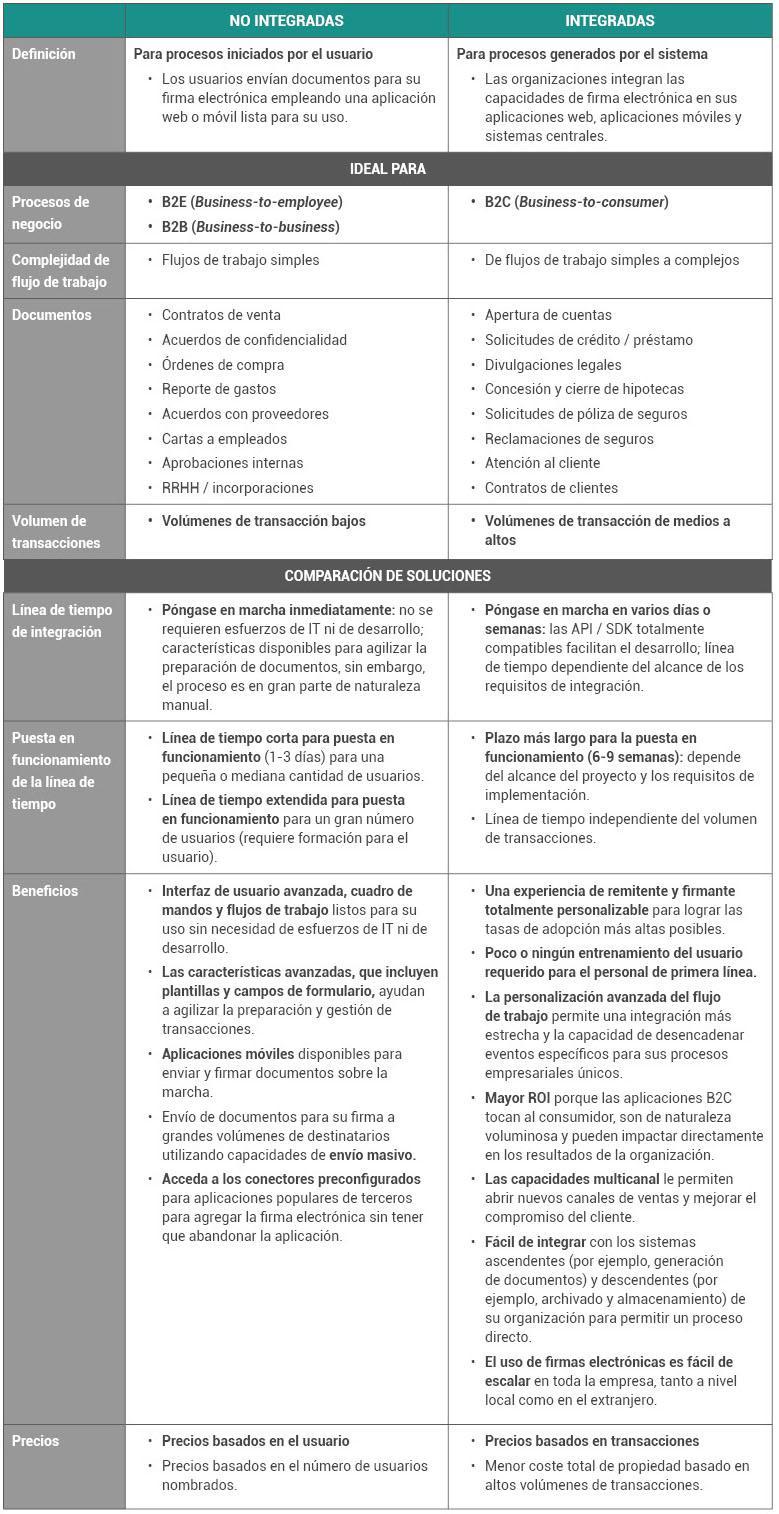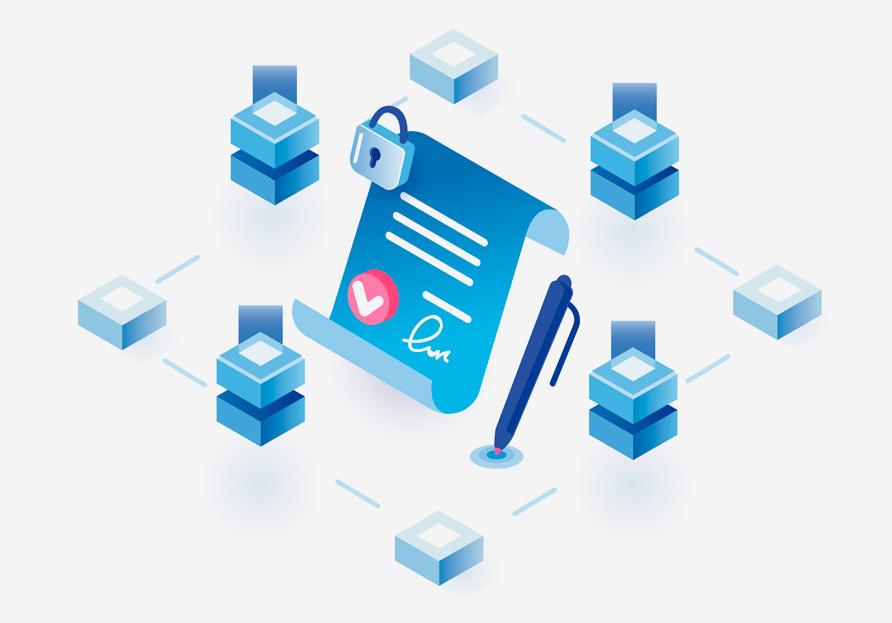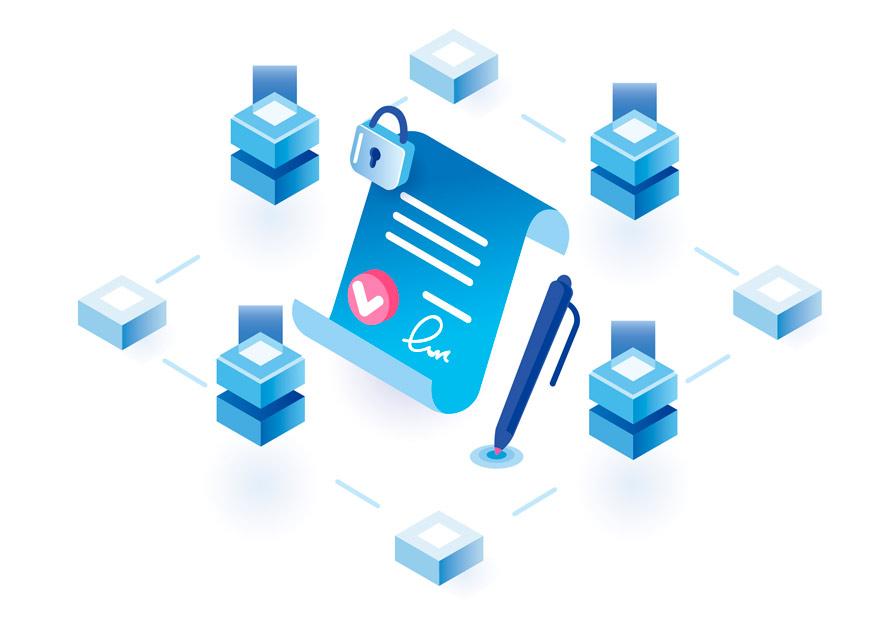- Achieve higher ROI and improved results for an organization.
- Improves customer experience: the customer can sign documents at any time and on any device.
- Increased efficiency and productivity of working personnel.
- Eliminates error-prone processes using paper.
- Easy to use: a key driver to achieve high adoption rates by your internal staff and customers.
- Legal compliance and security.
EVALUATION OF ELECTRONIC SIGNATURE IMPLEMENTATIONS
If your organization is trying to implement electronic signatures throughout the company, the Technology Evaluation Centersa recommend six decision-making criteria that should be evaluated before purchasing electronic signature software. Look for a flexible e-signature solution that adapts to the growing needs of your organization. Today, you may want to implement electronic signatures in a line of business or department; however, it is important to think long term and in the scalability required for electronic signatures to be used throughout the enterprise. Examples of flexibility include implementation options, availability of authentication methods, omnichannel support in multiple languages and cloud locations worldwide. Determine how your organization will use electronic signatures is another important deciding factor. In the case of electronic signature software, it is widely used in two different ways, non-integrated or integrated:
- Non-integrated: users can send and sign documents through the web application or the mobile application. This option is ideal for lower volume user-initiated electronic signature processes (e.g. sales contracts, human resources forms, expense reports, purchase orders, etc.).
- Integrated: If you are looking to fully automate the e-signature process with your web portal, enterprise applications, core systems and mobile applications, the integrated deployment option will fit your needs. There is no manual work for employees to prepare a document for electronic signature: documents are generated by the system and are fully automated. This option is ideal for higher volume, system-initiated electronic signature processes (e.g. loan applications, granting and closing mortgages, opening accounts, complaints, etc.).
As an example, the integrated option would be beneficial for a bank that wants to drive account sign-ups through its mobile app or website; or an insurance company that needs to send claim forms to its customers that have been pre-populated with the appropriate information. The integrated option will benefit any organization that processes tens of thousands of forms requiring electronic signatures; significant cost savings will be achieved by virtually eliminating all the steps required to process a paper document.
ELECTRONIC SIGNATURE IMPLEMENTATION DECISION MATRIX
As your organization evaluates a non-integrated or integrated e-signature implementation option, there are a number of criteria to consider. This e-signature decision matrix will help you carefully evaluate each e-signature implementation option to meet your project needs:
Electronic signature decision matrix
Non-integrated vs. integrated implementations

Content extracted from
OneSpan
.

